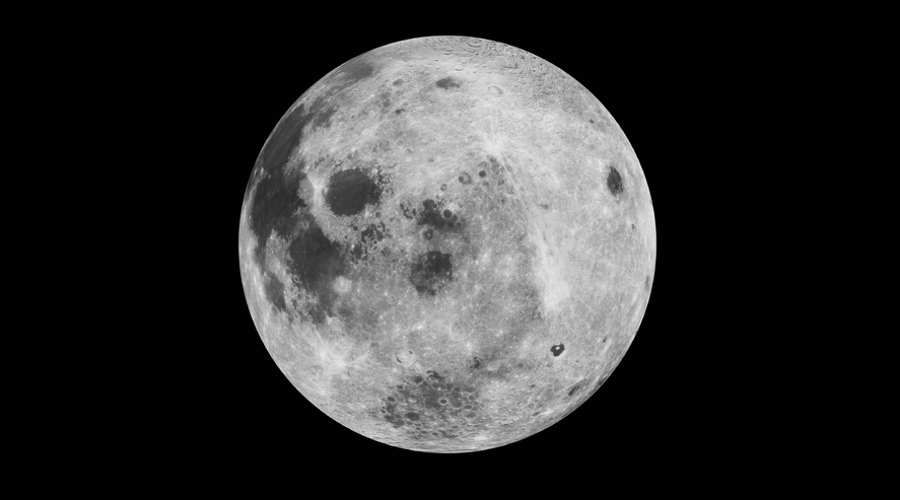
China has launched a satellite to study the invisible side of the Moon
China has launched a satellite into space that is part of its extensive Chang’E-4 lunar program. The satellite launched today will enable future communication with a probe that will explore the side of the Silver Globe that is invisible from Earth.
The Long March-4C rocket took off from the Xichang spaceport in southwest China at 5:28 a.m. local time. The relay satellite is called Queqiao, which can be translated as "bridge of magpies" and will ultimately orbit at an altitude of about 455,000. kilometeroIn above the Earth. It is supposed to enable communication with the dark side of the moon, where wkrotce China intends to plant a lander.
Name "magpie bridge" was taken from a Chinese folk tale, in which theorej the arch formed by these birds reunite loversoIn the heaven-separated. Queqiao has a similar task – it will act as a bridge between ground stations and the lunar probe. The lander, according to plans, is scheduled to fly at the end of this year.
– The launch is a key step for China, whichore looking to become the first country to send a probe capable of soft landing and exploration of the reverse side of the Moon, said relay satellite project manager Zhang Lihua.
Mankind has never landed on the side of the moon invisible from our planet. The closest was Harrison Schmidt, ktory in 1972 with the Apollo 17 mission flew to our artificial satellite. It insisted that the landing take place in the lava-filled crater of Tsilkovsky on the opposite side of the Moon. However, NASA ultimately deemed it too risky and decided to land on the visible side of the. The main difficulty with this is the problem of connectivity. And this is what Queqiao is supposed to make possible.
Chang mission’E-4 is part of China’s lunar exploration program – Chang’e. This is the fourth mission under this program. Earlier ones involved placing probes in the Moon’s orbit, ktohe task was to make an accurate map of our artificial satellite, study the distribution and quantity of elementsow on its surface and to measure the density of the surface itself.
Chang’E-4 is expected to consist of several probes, ktore will orbit the wokoMoon and a lander with a rover. The lander is to be planted on the dark side of the Silver Globe. It’s a good place for space exploration because it’s free of the imposition oforadio censors from Earth.
On board the Chinese probe of the Chang program’E-4 there will be scientific instruments designed and made by Polish scientistsow from the Space Research Center of the Polish Academy of Sciences. Polish researchers in the construction of equipment – analyzeroin radio with a set of antennas – wspoThey worked with scientists from the National Space Science Center of the Chinese Academy of Sciences.


